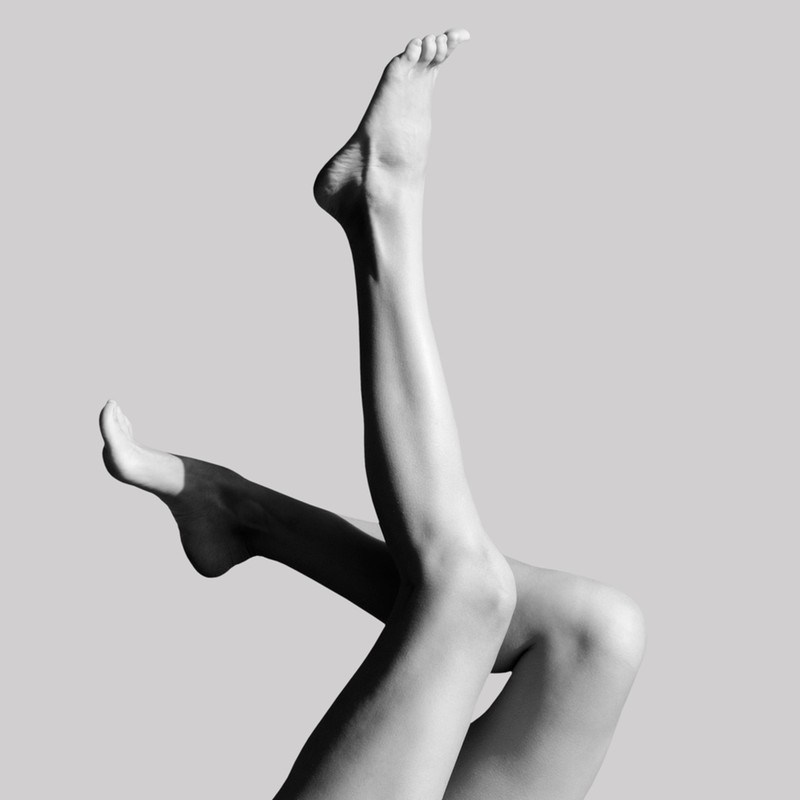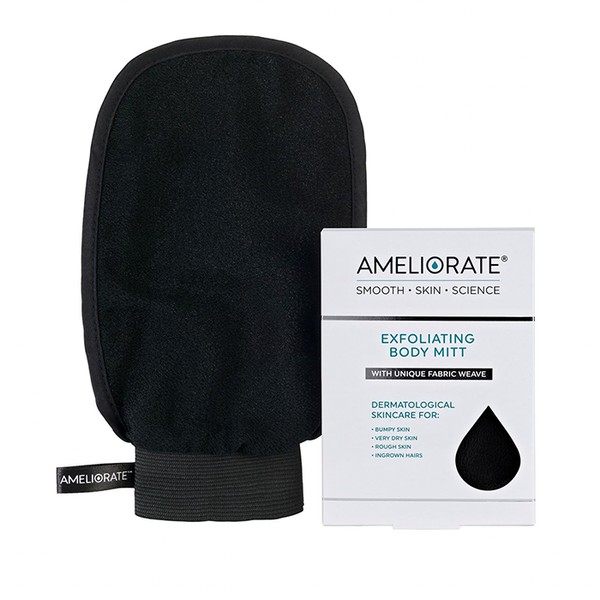
How To Stop Ingrown Hairs In Their Tracks
Understand Why They Happen In The First Place
If you’ve had an ingrown hair before, you’ll know what they look like – hairs that grow back into the skin, rather than out of it, they tend to be red, angry and inflamed bumps or spots. “They can appear anywhere you remove hair, from the armpits to bikini line and legs, and are particularly common after shaving,” explains Nilam Holmes, founder of Eyebrow Queen. “They are more common if you have curly or coarse hair, as this thicker hair is more likely to bend back on itself and regrow, especially if it has been cut or shaved. If you regularly remove hair – particularly shorter hairs that are shorter than a quarter of an inch – you are more likely to spot ingrown hairs.” However, if you wax, tweeze or thread, you’re also at risk, adds make-up artist Saffron Hughes. “You’ll usually notice ingrown hairs on areas of skin where the hair is coarser. This is because the hair follicles struggle to fit through the pore, so continue growing under the skin,” she explains.
Know How To Shave Properly
Experts agree that treating your skin prior to hair removal will make a significant different in the number of ingrown hairs you get. “It may take extra effort, but it’s worth it for smoother, less bumpy skin,” says Nilam. Warming the skin before you shave can help soften the hair, recommends consultant dermatologist Justine Kluk, so consider shaving after a shower or bath. “Always ensure your razor blade is sharp and always use a shaving foam or gel to lubricate the skin. Shave in the direction of hair growth and rinse hair off the blade after each stroke to prevent blunting,” she advises. If you have time, leave your shaving foam to soak on the skin for a few minutes before you start – this will further soften the hair and reduce your chances of infection.
Get Into The Habit Of Exfoliating
If you want to avoid ingrown hairs, you should be exfoliating once or twice a week, including around the bikini area. Getting rid of the dead skin cells that are blocking the pore is the first route to freeing an ingrown hair, but it’s more preventative than a cure. We rate Ameliorate’s Smoothing Body Exfoliant, which combines lactic acid – a member of the AHA family – with micro-dermabrasion granules to gently slough away rough, bumpy areas. As part of the prevention process, body brushing can also help, particularly if you are prone to ingrown hairs on your legs.
Use The Right Products
Products containing AHAs, which melt the ‘glue’ that binds dead, follicle-clogging cells to the skin’s surface, are worth using, says Justine. “My top tip for preventing and dealing with ingrown hairs is to regularly use exfoliating skin pads, especially those that contain glycolic and salicylic acid. Just be careful about using these on sensitive skin or on delicate areas, such as the pubic region where the skin can be more easily irritated – think redness, peeling and stinging.” Saffron is also a fan of formulas that contain both AHAs and BHAs. “Invest in a decent exfoliating cleanser and lotion that contain salicylic and glycolic acids to really minimise your chance of getting ingrown hairs. Get into the habit of using these products before shaving and try to use exfoliate your whole body once a week to remove dead skin cells. Just remember that different areas of your body are more delicate than others, so you will need to use a milder formula for your legs versus your bikini line, for example.”
Go Gently
If you’re past the point of prevention and a red bump is already visible, don’t try scrubbing it open. Instead, go gently to avoid further inflammation. After gently massaging an ingrown hair with a mitt or scrub, then dab the area with a salicylic acid-based spot treatment, which will dissolve excess skin cells without irritating the skin. But be patient as it can take three to five days to break down an ingrown hair. Squeezing or using tweezers can be tempting (and the results instant) but by doing this, you also run the risk of scarring and infection. Nilam says it’s far better to try and avoid an ingrown hair in the first place – it just requires a little TLC.
Consider A More Permanent Solution
Hair normally grows up and above the skin, but if it starts to curl, it can get trapped and form an ingrown hair. Laser hair removal can eliminate hair at a deeper level than waxing, says Justine, and will reduce the likelihood of ingrown hairs. “If you’re constantly plagued with ingrown hairs, laser hair removal is the most effective method of reducing hair growth and the need for repeated shaving longer term.” Laser targets the small blood vessels that feed growing hairs and kills the root of each one. It requires several sessions spaced apart and results are usually semi-permanent. However, laser isn’t for everyone – it works best on lighter skin toes, so you’ll need to make sure you aren’t tanned and avoid the sun for several weeks afterwards.
Keep An Eye Out For Infection
“If you notice a large and painful bump, this could be a sign of infection,” says Nilam. “If an ingrown hair is infected, it may have a dark spot in the middle, which may also turn yellow or red. In most cases, the infected hair will go away on its own within a week, so avoid touching the area if you can bear it.” If it doesn’t seem to be getting better, or if it’s in your armpit or bikini area, pop to your GP, who may be able to prescribe an antibiotic if needed. “Your GP will be able to treat an ingrown hair by using a sterile needle to free the hair. They may also prescribe a steroid cream for the swelling and irritation as well as antibiotics to treat the infection,” adds Saffron.
Shop the SL edit for ingrown hairs here…









For more information visit DrJustineKluk.com, NilamHolmes.com and FalseEyelashes.co.uk.
DISCLAIMER: Features published by SheerLuxe are not intended to treat, diagnose, cure or prevent any disease. Always seek the advice of your GP or another qualified healthcare provider for any questions you have regarding a medical condition, and before undertaking any diet, exercise or other health-related programme.
DISCLAIMER: We endeavour to always credit the correct original source of every image we use. If you think a credit may be incorrect, please contact us at info@sheerluxe.com.

